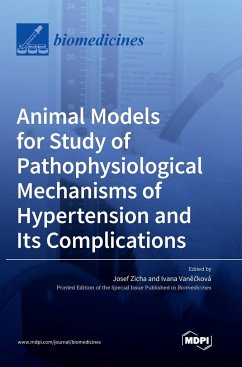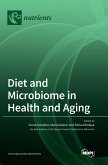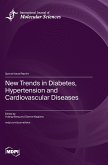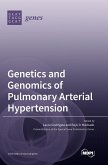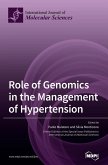Essential hypertension is still an important health care problem. It is necessary to investigate its mechanisms in animal models. The potential clinical importance of such experimental research might be expected. This Special Issue concerned several important topics. First, several studies focused on the pathophysiological mechanisms responsible for blood pressure elevation during hypertension development, organ damage in chronic hypertension, and drugs targeting hypertension and/or its complications. Other studies were interested in the participation of central and peripheral blood pressure control, changes in vascular structure and function, and neural, humoral, and endocrine factors. Furthermore, the contribution of altered redox signaling, chronic inflammation, microbiome changes, and interactions of genetic and environmental factors were evaluated in multiple papers. Finally, special attention was paid to the progress in pharmacological tools for the control of hypertension and associated organ damage, genetic modifications to alter blood pressure levels, and non-pharmacological interventions attenuating hypertension or its complications. The original articles or reviews covered the interesting aspects of the pathophysiology of hypertension and associated end-organ damage, the use of various experimental hypertensive models, and the importance of specific environmental factors acting in distinct phases of the ontogeny. We especially appreciate the presentation of new ideas and the critical discussion of traditional theories.

